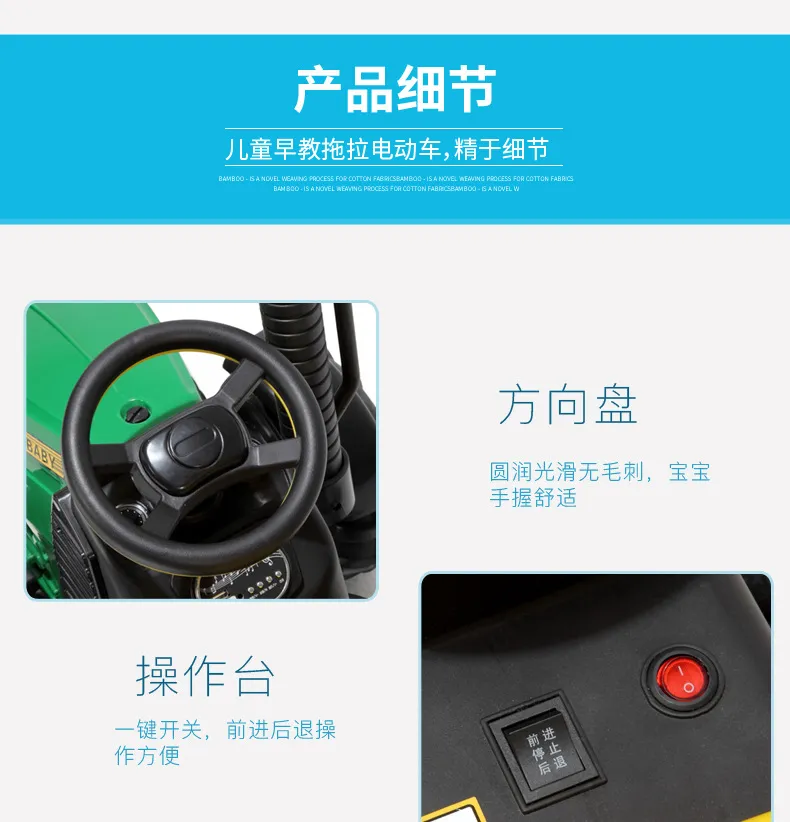9 月 . 26, 2024 03:00 Back to list
Adjusting Shimano Rear Derailleur on Mountain Bikes for Optimal Shifting Performance
How to Adjust Shimano Rear Derailleur on a Mountain Bike
Adjusting the Shimano rear derailleur on your mountain bike is crucial for optimal performance, ensuring smooth gear shifts and prolonging the life of your components. Whether you're facing rough shifts, slipping gears, or just want to fine-tune your bike, this guide will walk you through the adjustment process step-by-step.
Understand the Components
Before you begin, familiarize yourself with the parts of the derailleur. The Shimano rear derailleur consists of the body (or cage), the pulleys (or jockey wheels), the spring, and the limit screws. The limit screws control how far the derailleur can move, which prevents the chain from falling off the cassette or the derailleur itself.
Tools Required
To adjust your Shimano derailleur, you'll need - A Philips or flathead screwdriver (depending on your derailleur model) - A 5mm Allen wrench (for some models) - A bike stand (optional, but helpful) - A clean rag and chain lubricant
Step-by-Step Adjustment Process
1. Inspect the Bike Start by checking the condition of your derailleur, chain, and cassette. Clean the components using a rag and chain lubricant. Inspect for any damage or wear.
how to adjust shimano rear derailleur on mountain bike

2. Shift to the Smallest Gear Place your chain on the smallest rear cog (gear) and the largest front chainring. This position will give you a good baseline for adjustment.
3. Adjust the High Limit Screw Locate the two limit screws on the rear derailleur, often labeled 'H' (high) and 'L' (low). Adjust the 'H' screw first if you're having trouble shifting to the smallest cog. Tightening the screw will restrict the derailleur's movement toward the wheel, while loosening it will allow more motion. Shift into the small cog and check if the chain freely moves without rubbing against the derailleur. It should not go beyond the smallest cog.
4. Check the B-Tension Screw The B-tension screw controls the distance between the derailleur and the cassette. If your chain is too close to the upper pulley wheel, it can cause poor shifting. Adjust this screw to ensure the derailleur maintains a gap of about 5-6mm from the largest cog.
5. Adjust the Low Limit Screw Now, shift into the largest cog while the chain is in the smallest chainring. Adjust the 'L' limit screw similarly to ensure the chain does not touch the derailleur when shifting. This will prevent the chain from derailing off the cassette in the largest gear.
6. Fine-Tuning Cable Tension If your shifts are sluggish or incomplete, you'll need to adjust the cable tension. Use the barrel adjuster, usually located at the shifter, to modify the tension. Turn it clockwise to reduce tension and counterclockwise to increase it. Make minor adjustments and test the shifts until you find the sweet spot.
7. Test Ride Finally, take your mountain bike for a test ride. Shift through all the gears to ensure smooth transitions and make any minor tweaks as needed.
Conclusion
Adjusting your Shimano rear derailleur may seem daunting, but with patience and practice, it can become a straightforward process. Regular maintenance and adjustment will keep your mountain bike running efficiently, allowing you to tackle trails with confidence. Whether you're an experienced cyclist or just getting started, mastering this skill will enhance your riding experience.
-
The Main Application Scenarios of Mountain Bike
NewsOct.29,2024
-
Suggestions for Selecting and Maintaining Mountain Bike
NewsOct.29,2024
-
Characteristics of Kids Balance Bike
NewsOct.29,2024
-
Characteristics of Baby Stroller
NewsOct.29,2024
-
Characteristics and Advantages of Mountain Bike
NewsOct.29,2024
-
Baby Stroller Purchasing Suggestions
NewsOct.29,2024
-
Suggestions for Purchasing Kids Balance Bike
NewsOct.09,2024

